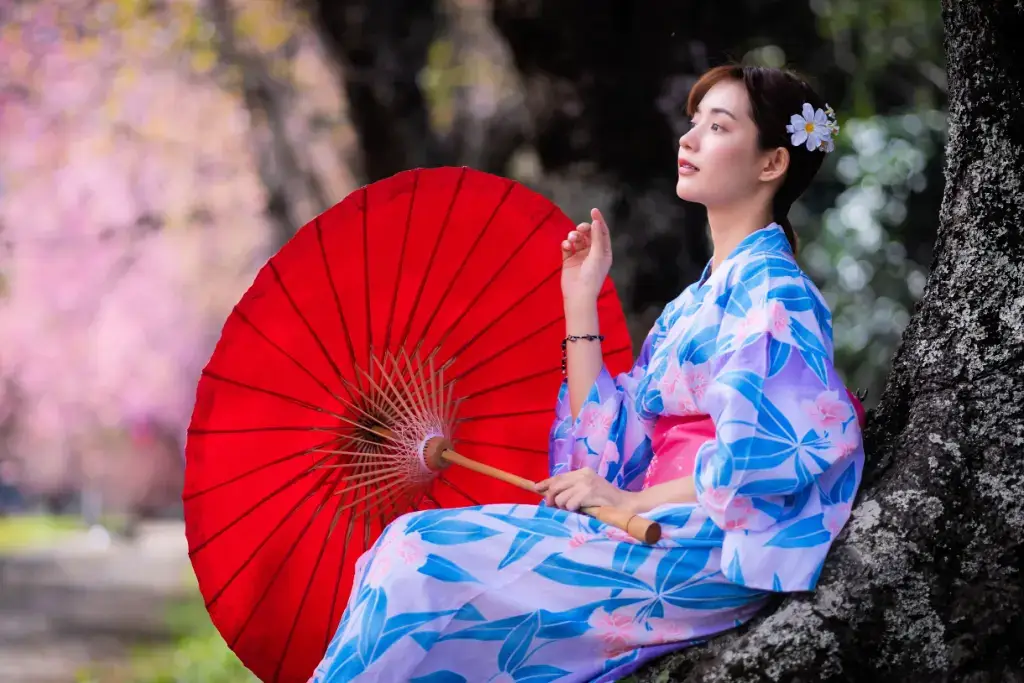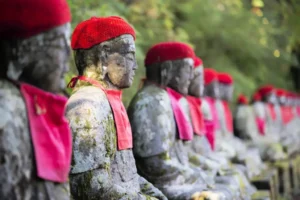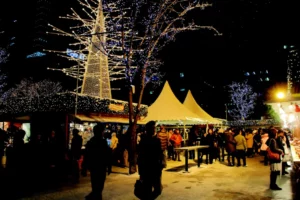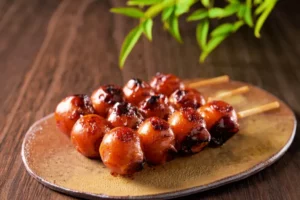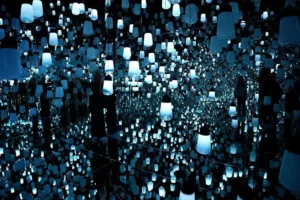For several years, we have seen many Japanese people and foreigners strolling through Japan in summer in a yukata. Japan is known for the kimono (traditional Japanese dress), but this go-to garment is a casual and lighter version of a kimono in the summertime. It is Japan’s most versatile garment, being adaptable, comfortable, and stylish. It’s easy to wear and flattering on all body shapes.
It has also become a popular dressing method for summer festivals and is often worn in onsen (hot springs). Have you ever wanted to know when, why, and where you can wear this beautiful garment? Keep reading our ultimate guide to learn everything you need to know about this traditional summer outfit!
Table of Contents
ToggleWhat is a yukata?
Yukata are traditional Japanese clothing. They were initially worn like bathrobes while hopping between hot springs. Today, they are far lighter, more casual, and versatile. Their role is between a breezy summer dress, kimono, and robe. This traditional garment is made from light, breezy, absorbent material like thin cotton or breathable synthetic.
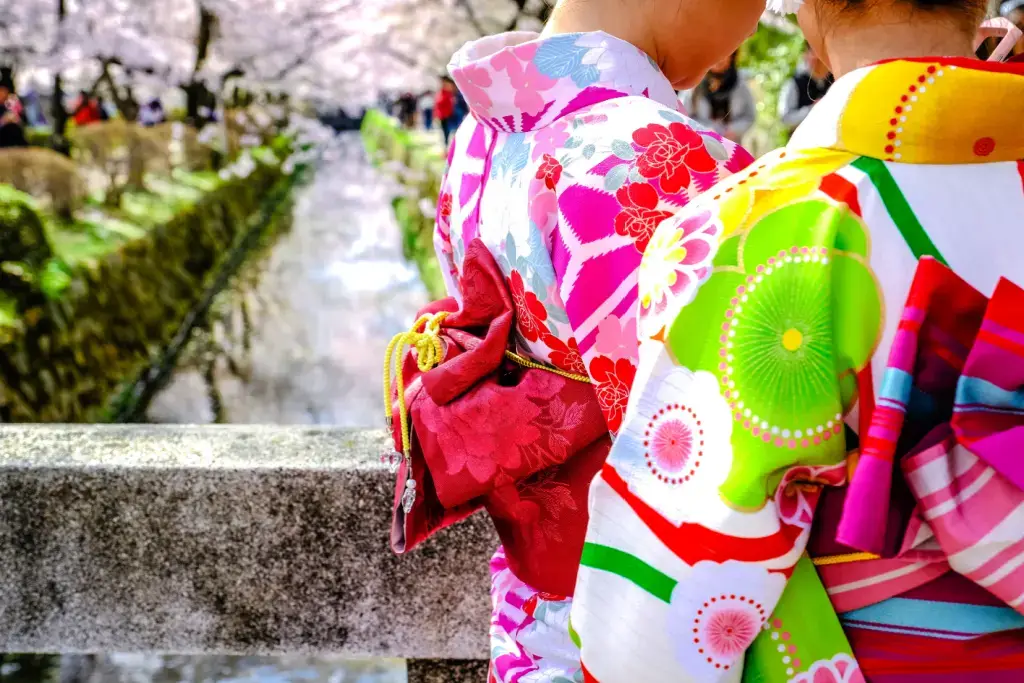
What is the difference between a kimono and a yukata?
The yukata is a light cotton version of the kimono worn casually during the summer. It’s made from a thinner, lighter material than the traditional silk kimono, which makes it more comfortable in hot weather. On the other hand, a kimono has many more layers and is much thicker and heavier in fabric.
For the yukata, you don’t need a lot of accessories. They are usually worn without extra layers, with simple underwear and no tabi (toe socks). An obi (belt) and geta (wooden sandals) are enough. People wear kimonos with many accessories, including sophisticated belts, tabi, and wooden sandals. During the winter, people accessorize the kimono even more by wearing haori (traditional jackets) and hakama (trouser skirts). These garments are more casual and far more affordable than kimonos.
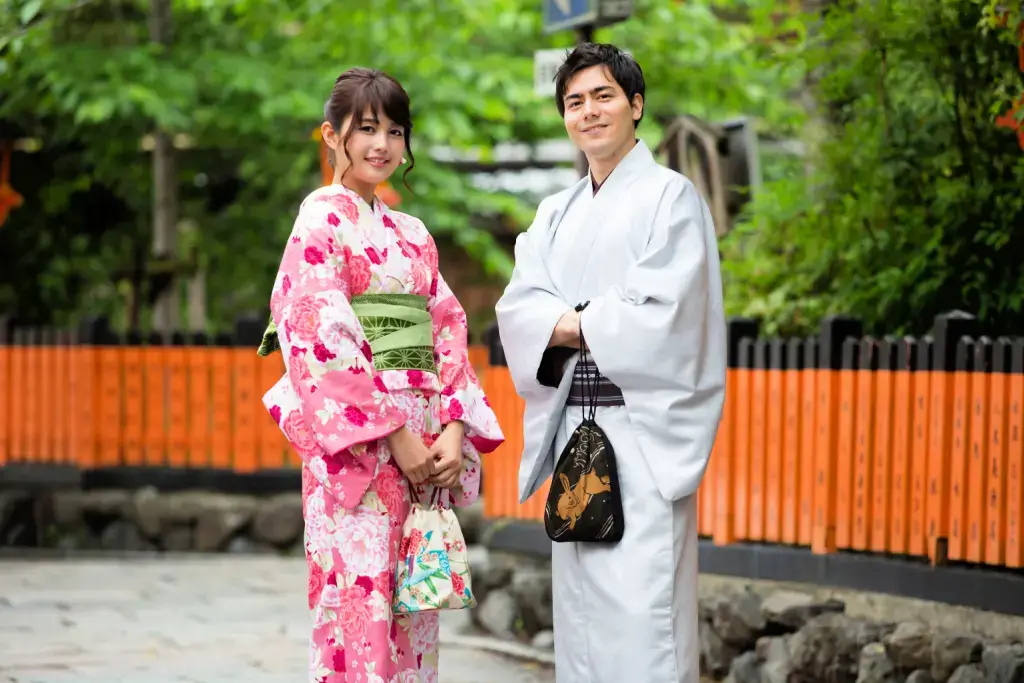
The yukata has a festive spirit and is often worn to matsuri (summer festivals), parties, and informal events. In contrast, the kimono is often worn to formal ceremonial events such as weddings and tea ceremonies.
Looking to enjoy traditional Japanese snacks this summer? Check out Sakuraco! Sakuraco delivers traditional Japanese snacks, teas, sweets, and snacks from local Japanese makers directly to your door so you can experience more of Japan’s rich culture.
Are there different kinds of yukata?
Different types vary in patterns, colors, and styles. Traditional style usually features more subdued colors and patterns, keeping it classy and elegant. On the other hand, modern style allows you to express your individuality with bolder prints and vibrant hues.
The designs are also different for women and men. For men, they generally have darker or more subdued colors. For young women, they are usually bright and colorful, often with floral designs. Yukata for mature women, tend to be less flashy. The sleeve extensions for males are also considerably longer than those for females.
When is the best time to wear one?
Onsen
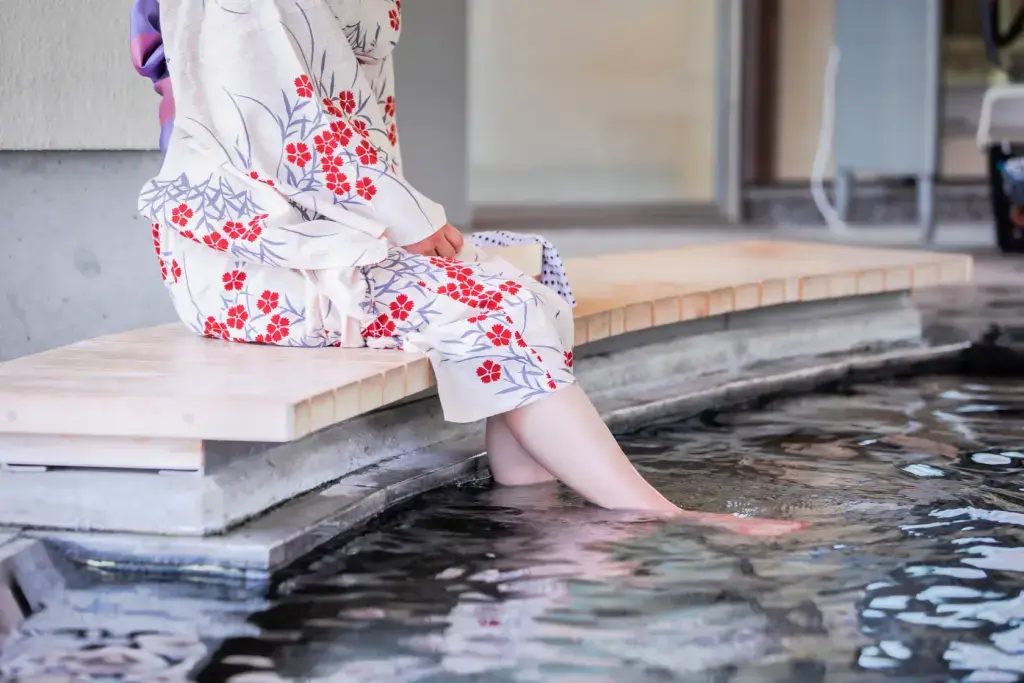
Yukata was initially intended to be worn on and around trips to the onsen. Japanese ryokan (Japanese-style inn) and hotels typically use them as pajamas for the guests. On these occasions, they can be worn regardless of the season. Even in the cold winter, these garments are worn when traveling from the ryokan room to the onsen.
Summer festival
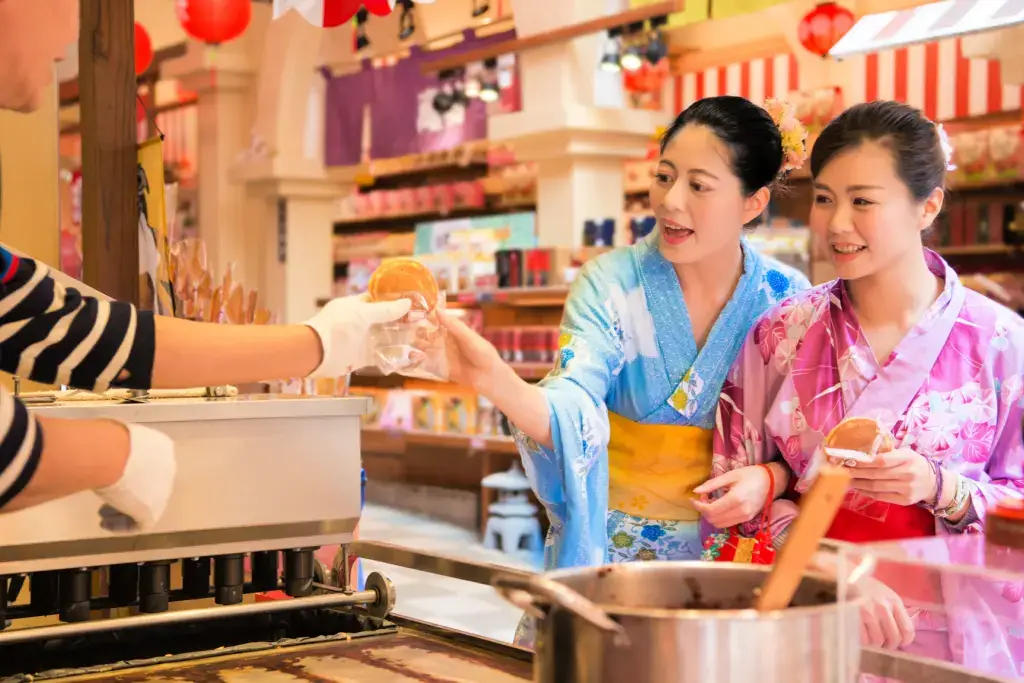
These days, the yukata is most often seen at summer festivals like matsuri. Girls and guys wear their favorite yukata at these firework festivals to watch the stunning nighttime displays. It can also be worn at traditional Buddhist bon-odori (an event that honors one’s ancestors). It’s a fantastic experience to go out to see fireworks or shrine festivals in these traditional garments.
Boat cruises
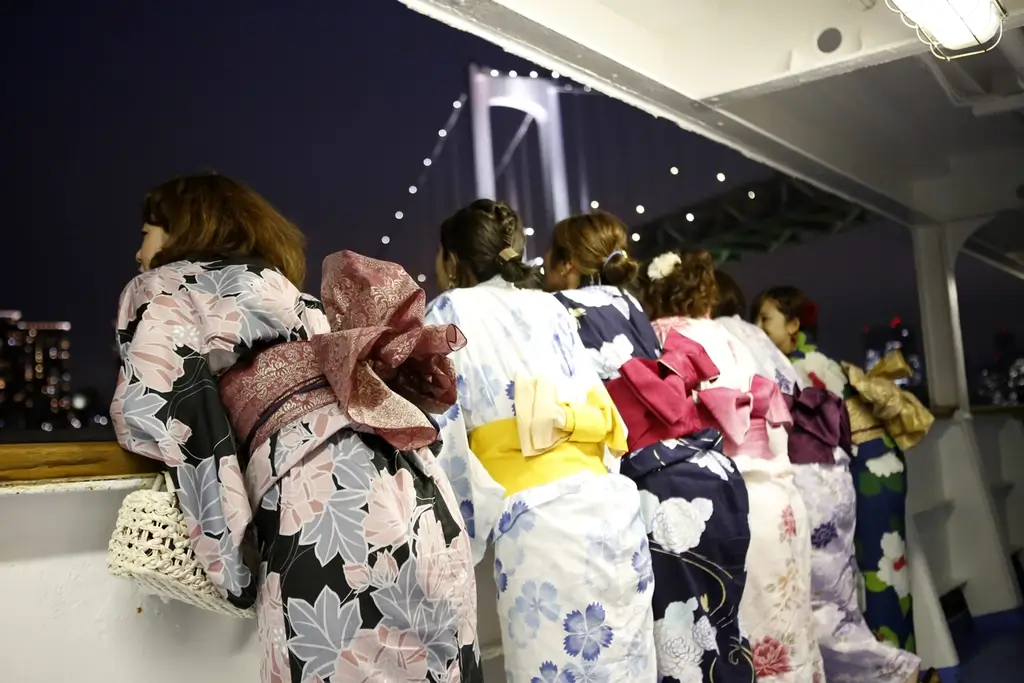
For the ultimate experience, enjoy a scenic boat ride while dressed in a traditional Japanese garment. People wear their yukatas and get on an atmospheric boat to watch the stars and enjoy food and drink. Even companies will give you a discount on certain days if you wear one. These river cruises promise a delightful experience that will make great photos with friends and family!
Why should I wear a yukata this summer?
During the hot Japanese summer months, this traditional garment is a must-have item to combat the heat fashionably. An iconic Japanese outfit, it stands out with its light fabric and whimsical designs. Since they are lighter and casual, they also cost much less, making them great for gifts and souvenirs!
Many people in Japan wear traditional yukatas as fashionable summer wear these days. Thanks to their simplicity and comfort, they’re an easy way to pay homage to the aesthetics of traditional Japanese style. Enjoy the weather the right way this summer season by wearing a yukata! Did you learn some new information on yukatas by reading this article? Let us know in the comments below!

